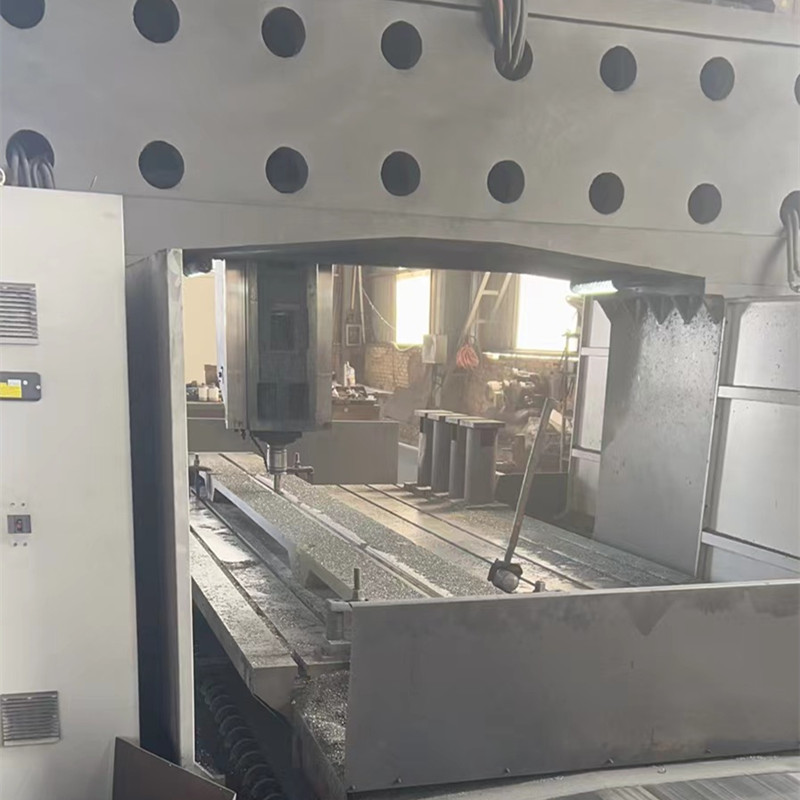Sep . 22, 2024 04:24 Back to list
silencing check valve
Understanding Silencing Check Valves
In various industrial applications, silencing check valves play a crucial role in maintaining system efficiency and safety. These valves are designed to prevent backflow in piping systems while minimizing the noise typically associated with the rapid closure of traditional check valves. As industries increasingly prioritize operational efficiency and user comfort, the demand for silencing check valves has seen a significant rise.
Silencing check valves operate on the principle of allowing fluid to flow in one direction while preventing reverse flow. Unlike standard check valves, which can slam shut and produce disruptive noise, silencing check valves incorporate features that mitigate this issue. These features often include cushioned mechanisms or specially designed flow paths that slow down the closure of the valve, thereby reducing water hammer effects and associated noise.
One of the primary benefits of silencing check valves is their ability to enhance the longevity of the piping system. When conventional check valves close abruptly, they can create pressure surges, leading to potential damage to pipes, fittings, and other components. The gradual closure of silencing check valves minimizes these pressure spikes, contributing to the overall durability of the system. This is particularly beneficial in applications involving high flow rates or where the fluid is under significant pressure.
silencing check valve

In addition to protecting infrastructure, silencing check valves also promote a quieter working environment. In settings such as hospitals, laboratories, or residential areas, excessive noise can be a considerable concern. The implementation of silencing check valves helps create a more pleasant atmosphere, allowing operations to proceed without unwanted auditory distractions. This focus on noise reduction aligns with broader trends in sustainability and comfort within industrial design.
Silencing check valves come in various materials, including brass, stainless steel, and plastic, enabling their use in diverse applications such as water treatment plants, HVAC systems, and fire protection systems. It is essential for engineers and system designers to select the appropriate materials and sizes based on the specific demands of the application, including flow rates, fluid types, and environmental conditions.
When installing silencing check valves, attention must be paid to the orientation and positioning within the pipeline. Proper installation ensures that the valve functions effectively and continues to provide noise reduction benefits. Regular maintenance of these valves is also critical; routine inspections can help identify wear or potential failure, allowing for timely replacements before they compromise system integrity.
In conclusion, silencing check valves represent an important advancement in fluid control technology. By blending functionality with noise reduction capabilities, they enhance both the performance and comfort of piping systems across a range of industries. As the focus on efficiency and user satisfaction grows, silencing check valves will undoubtedly play an integral role in the evolution of fluid control solutions. For engineers and facility managers, investing in quality silencing check valves is not only a choice for operational excellence but also a step towards creating a better working environment. Whether in industrial, commercial, or residential applications, these valves continue to demonstrate their value and importance in modern engineering practices.
-
Precision Manufacturing with Advanced Spline Gauge DesignNewsJul.31,2025
-
Industrial-Grade Calibrated Pin Gauges for Exact MeasurementsNewsJul.31,2025
-
Industrial Filtration Systems Depend on Quality Filter DN50 SolutionsNewsJul.31,2025
-
High-Performance Gate Valve WholesaleNewsJul.31,2025
-
Granite Surface Plate The Ultimate Solution for Precision MeasurementNewsJul.31,2025
-
Granite Industrial Tools The Ultimate Guide for Bulk BuyersNewsJul.31,2025
Related PRODUCTS









